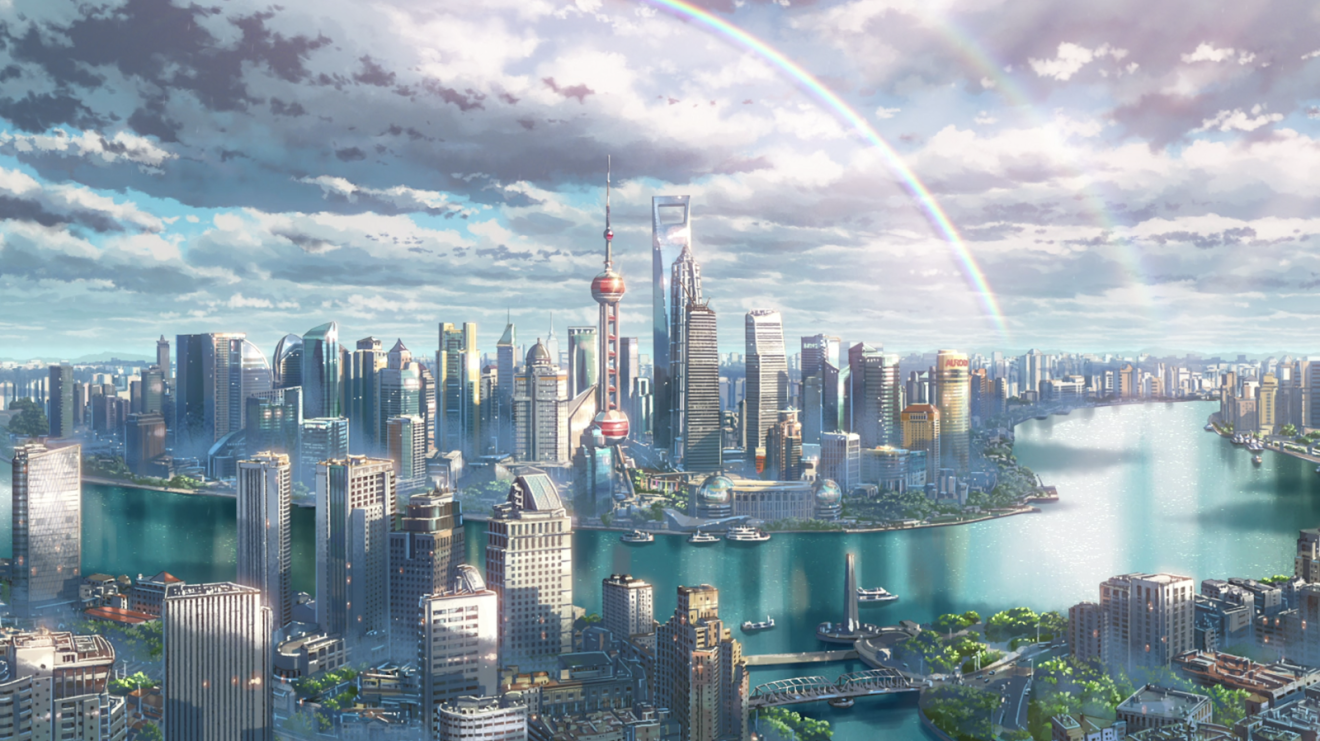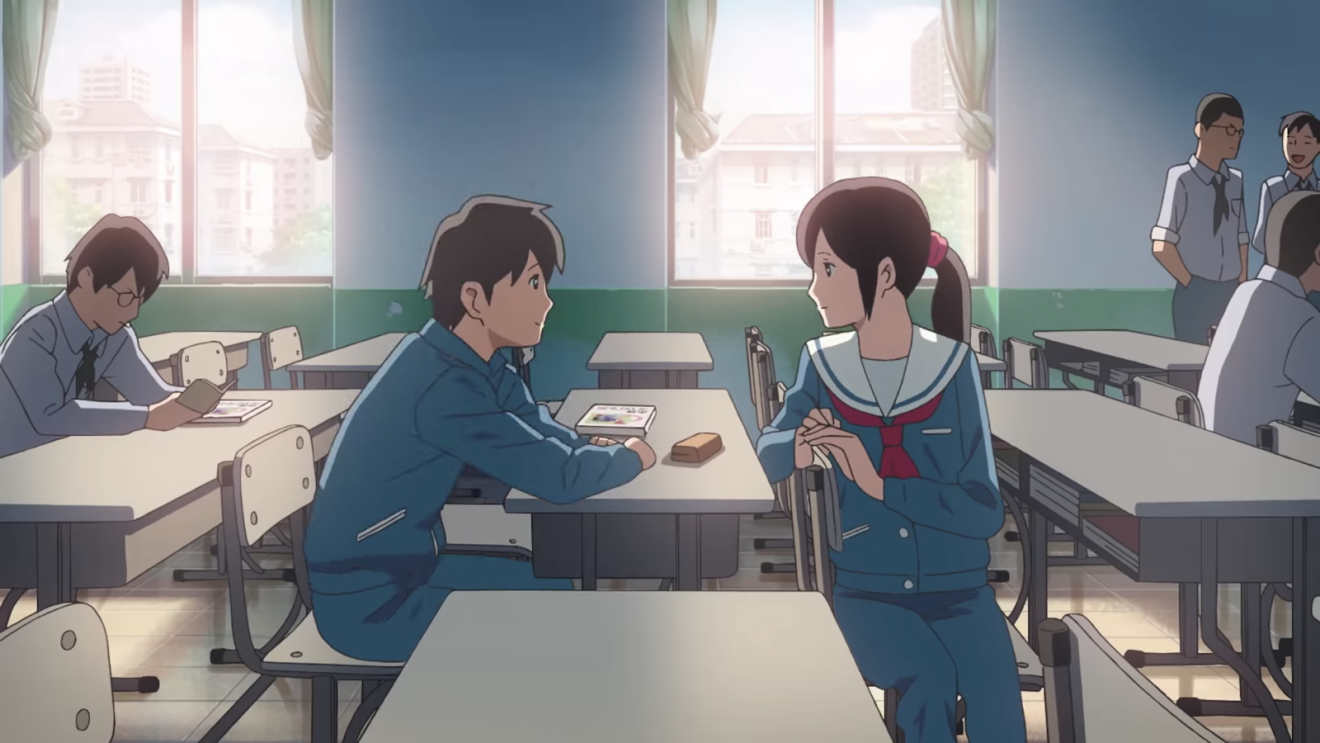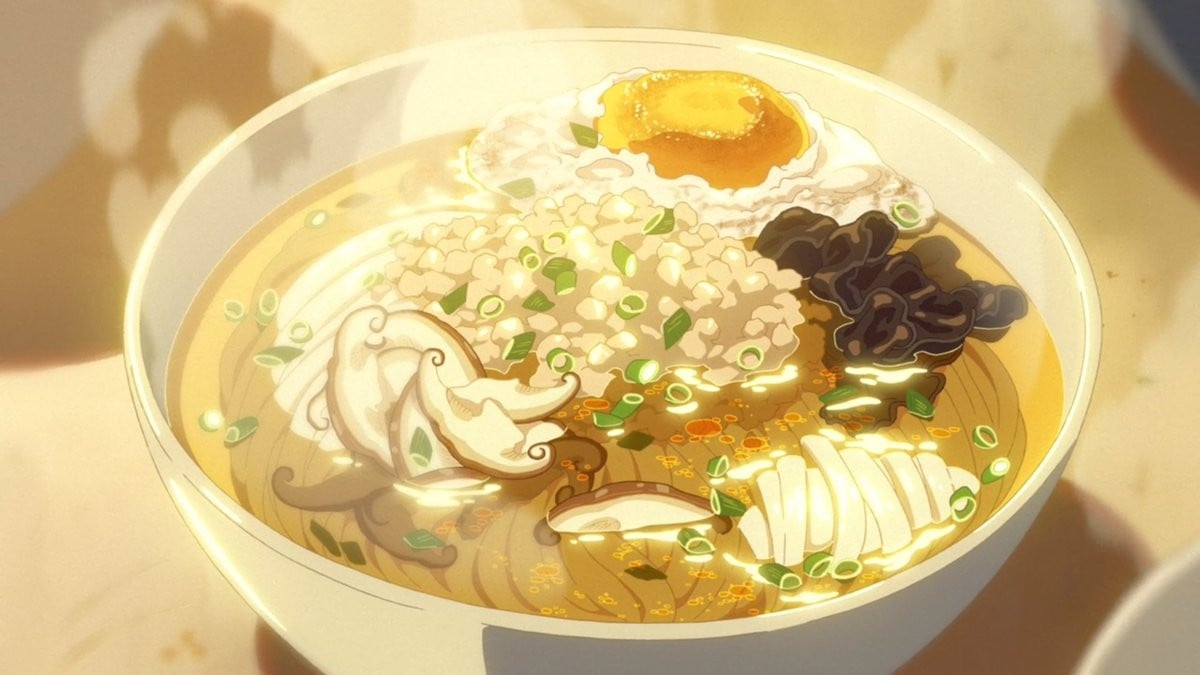
Flavors of Youth tells three vivid coming-of-age stories of Gen Y-ers in China
Team behind anime hit Your Name tackles modern relationships in China in new film
I knew it was bound to be emotionally taxing and...potentially very corny, but the beautiful art drew me in.
Half an hour after I texted my coworkers to say I wouldn't watch it, I couldn’t help but click play. And all of my intuitions were confirmed.
Collaborations like this are rare. But this one makes sense: It keeps CoMix Wave in the news as it works on another full-length feature. It could also help warm China’s internet users to Netflix, which has been investing in a lot of Chinese movies and IP lately.
But it’s so much more than just a marketing strategy. If you’re like me and were floored by the luscious yet extremely clean delineation of urban Tokyo in Your Name, I'm happy to say that the studio has done it again with Flavors of Youth.
But instead of just Tokyo, now you get to experience three megacities in one film -- Beijing in rain, Guangzhou on a summer night, and Shanghai under a rainbow.

What are the stories about?
The three stories in Flavors of Youth all grapple with the concept of youth and along the way, they explore how rapid societal developments are making things pretentious and artificial.
“The Rice Noodles” follows a grown man in Beijing reminiscing about san xian noodles from his childhood (and by association, the girl he had a crush on). “Love in Shanghai” sees another grown man reminiscing about the time he exchanged self-recorded cassette tapes with his crush.

The Guangzhou story is a bit different. Unlike the other two where youth is a memory from the past, the female protagonist in this story is young in the present. “A Little Fashion Show” is about how a young woman chases a career as a model as her youth is slipping away.
With different directors, each story is anchored by a different sensory memory. “The Rice Noodles” and “Love in Shanghai” evoke the past through taste and sound, while “A Little Fashion Show” explores the emotions of modern life through optics and fashion.
How did it feel?
Watching how Japanese animators paint Chinese cities, which transform from quaint little towns into jungles of glass skyscrapers over time, is a treat for the eyes.
But besides that, these shorts are also flush with symbols and moments that defined modern Chinese culture.

The script and narration also drip with nostalgia. But sometimes it can feel excessive -- like in the first short, where the main character kept repeating, "This is a melancholic morning."
The verdict
That said, it's definitely worth a watch if you're enthusiastic about both China and anime. It gives you a glimpse into what a peak Chinese anime could look like -- at least visually -- in the future.
In terms of the stories, they are your quintessential memoirs of love and good things from the past. They remind me of the writing samples my high school Chinese teachers used to heap praise on.
In other words, lots of brooding and reminiscing, but somehow it rings true to your heart.
For more insights into China tech, sign up for our tech newsletters, subscribe to our Inside China Tech podcast, and download the comprehensive 2019 China Internet Report. Also roam China Tech City, an award-winning interactive digital map at our sister site Abacus.

